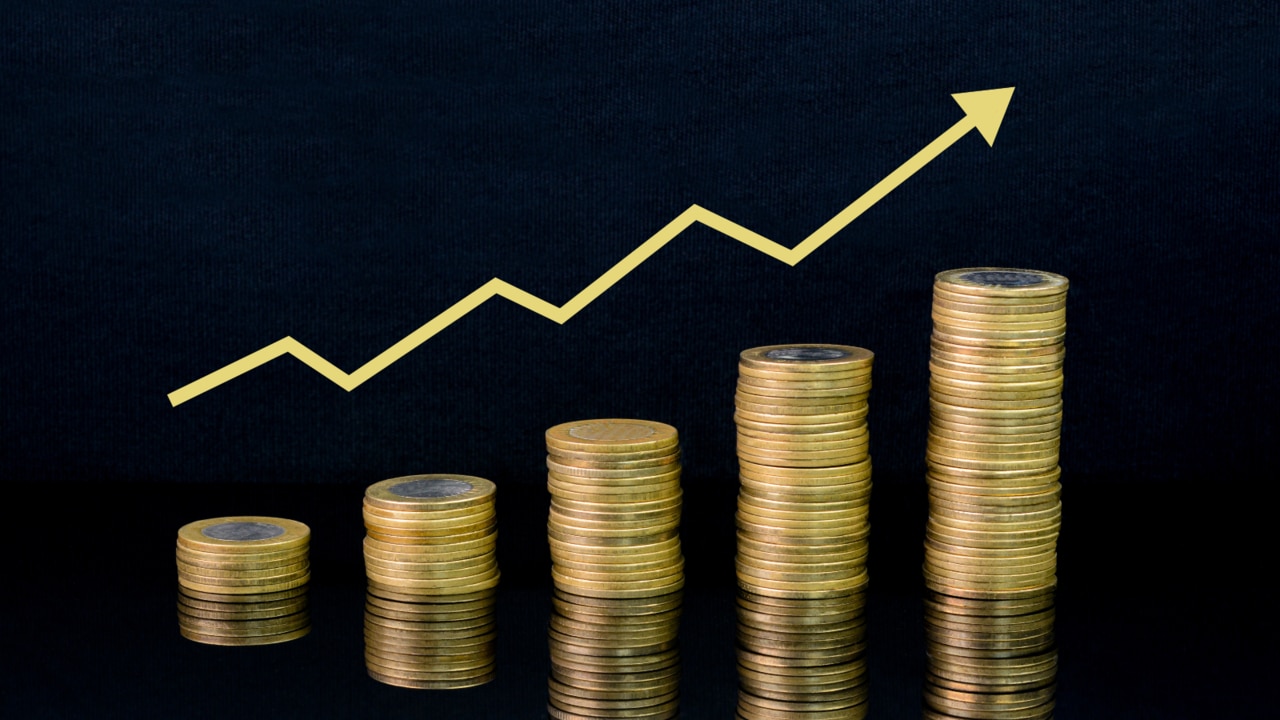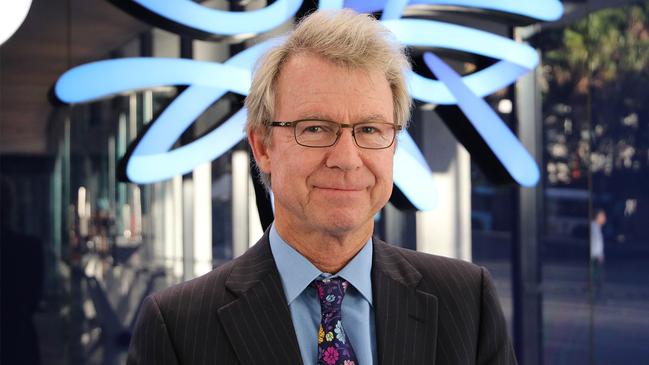Recession risk elevated but can be avoided: AMP
A recession remains a ‘high risk’ after a rapid lift in interest rates, but AMP chief economist Shane Oliver sees five reasons why Australia can dodge the recession bullet.

A sustained economic contraction remains a “high risk” after a rapid lift in interest rates since the Covid-19 pandemic, but Shane Oliver sees five reasons why Australia can dodge the recession bullet.
The head of investment strategy and chief economist at AMP has seen many doom and gloom forecasts over the decades. Few of those have turned out to be correct. That partly explains his reluctance to put the chance of recession in Australia at more than 50 per cent.
But while economists had until recently seen an even higher chance of a US recession, a 50 per cent probability is certainly high compared to normal levels in the low single digits.
Elevated cost-of-living pressures and the most rapid monetary tightening in advanced economies in decades has set the scene for a slowdown. The US bond yield curve has been “inverted” for some time, with short-term yields exceeding long-term yields, leading economic indicators have slumped, and bank lending standards have tightened significantly.
In Australia, a record level of household debt servicing costs as a percentage of income adds to the local risk of recession.
“Over the last 18 months there has been much talk of recession globally and more recently in Australia,” Dr Oliver said.
“But despite mild technical recessions – two consecutive quarters of falling growth – in the US and Europe in the last 18 months, growth has generally been more resilient than expected and now with inflation falling many have started to give up on recession with increasing talk of ‘Goldilocks’ – where growth is okay and inflation is falling.”
Still, the rapid tightening of monetary policy now means there’s a “high risk of recession”.
Because of the long and variable lags in the way it impacts the economy, recession could still occur.
But Australia could avoid a recession as a rapid fall in inflation has lessened the need for more interest rate hikes, there are a lack of obvious excesses beyond the post-pandemic inflation, excess household saving are providing a buffer for spending, sectoral recessions may be offset by rebounds elsewhere and the country is experiencing strong population growth.
Easing supply chains and transport costs could keep lowering goods inflation, falling job vacancies and an easing in reopening demand could take pressure off wages growth and services inflation, and a productivity surge as artificial intelligence is deployed in services industries could do the same.
“In other words, today’s low unemployment levels could turn out to be consistent with ‘full employment’ and only a marginal cooling in demand may return labour and product markets to balance, and so central banks may soon be able to move towards lowering interest rates,” Dr Oliver said.

Services inflation may remain “sticky”, with a faster rise in minimum and award wages this year resulting in a renewed surge in labour costs in the latest NAB business survey, AI will take years to enhance productivity growth, and central bank tightening has been faster than at any time since the 1980s and the household debt-to-income ratio is three times higher now.
But whereas recessions are normally preceded by imbalances, this time there’s been no business investment boom, or home building boom and housing vacancy rates are low.
“It’s similar in Australia, with the exception that household debt-to-income ratios are nearly double US levels, leaving the Australian household sector as an obvious increased source of recession risk here – particularly with household debt servicing costs now pushing around record levels,” Dr Oliver said.
Another point of resilience is that Australian households, on average, still had high savings buffers after the pandemic, when incomes were supported and spending was constrained.
“My concern has been and remains that it is not distributed equally and that for many younger households with high debt levels it has been rundown such that it’s no longer of any support in the face of the surge in interest payments,” Dr Oliver cautioned.
“Nevertheless, at an average level it is a source of support that wasn’t around in past downturns.”
He also noted that different sectors of the economy were impacted at different times by shocks like tighter monetary policy, so various sectors could have “recessions” but at different times such that the overall economy never actually contracts.
Finally, strong population growth is supporting demand and could enable a recession, as defined as a fall in overall economic growth, to be avoided.
“Of course, what matters for living standards is per capita GDP growth but arguably for investors overall growth is more important as this is what will drive company profits,” Dr Oliver said.
It came as S&P Global Ratings said Australia appeared set for a soft landing despite slowing global trade and higher interest rates to rein in inflation.
“While our baseline forecast for Australia is somewhat less optimistic than consensus on growth and inflation, we expect continued expansion in 2023 and 2024,” said Louis Kuijs, Asia-Pacific chief economist at S&P Global Ratings.
He said the key risk to a soft-landing scenario would be if inflation proved more sticky than generally expected and the Reserve Bank was forced to hike interest rates more strongly.
“That could cause a sharper economic downturn and larger rise in unemployment,” Mr Kuijs said. “In our view, the RBA doesn’t want to trigger a recession by lifting rates too much, given a reasonable chance it can avoid that without unduly compromising the inflation reduction.”







To join the conversation, please log in. Don't have an account? Register
Join the conversation, you are commenting as Logout